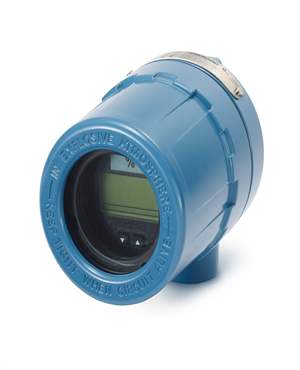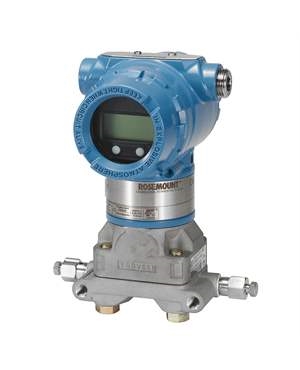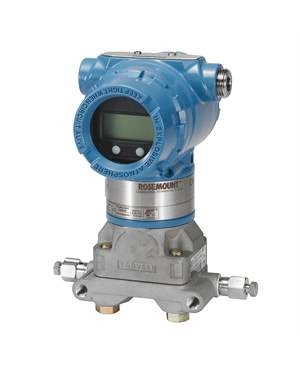Comparison between Multi Valve Manifolds, Block Valves and Bleed Valves
Brian Craig
October 28, 2024
Fluid control systems rely on selecting the valve type to maintain operations and ensure efficient control and safety measures are, in place effectively. Multi valve manifolds along with block valves and bleed valves serve purposes. Are pivotal in the isolation process as well as fluid venting and regulation within diverse industrial settings. Whether you are overseeing a pressure oil and gas system or overseeing an HVAC systems maintenance requirements—knowing the distinctions among these valve varieties can guide you in making informed choices, for optimal performance. In this manual we will discuss the differences, between valves, block valves and bleed valves. Explore how they can enhance the efficiency of your system.
Understanding the Basics of Multi-Valve Manifolds, Block Valves, and Bleed Valves
Each of these valves brings a specific set of features to the table. Here’s a closer look at each:
-
Multi-Valve Manifolds:
Multi-valve manifolds, or manifold valves, are essential in systems that handle multiple lines or complex flow control. These manifolds typically integrate several valves into one unit, allowing users to control, monitor, and isolate various sections of the system with ease. Manifold valves are often found in high-precision applications like pressure measurement and flow control, offering a compact solution for managing complex networks.
-
Block Valves:
Block valves are primarily used to isolate a section of a pipeline or to control fluid flow into or out of the system. These valves are known for their reliability and simplicity, as they perform a straightforward function—blocking or allowing flow. Block valves are essential in applications where certain sections of a system need to be safely closed off, such as during maintenance or system shutdowns.
-
Bleed Valves:
Bleed valves serve a vital function in systems that need controlled pressure release or venting. Often used in conjunction with other valves, bleed valves allow small releases of fluid or gas to prevent over pressurization and maintain system stability. A bleed air valve is a type of bleed valve specifically designed for controlled air release, commonly found in HVAC and pneumatic systems.
These valve types form the building blocks of many industrial systems, enabling controlled isolation, venting, and pressure regulation.
Applications of Each Valve Type in Industrial Systems:
Each valve type has unique applications across industries:
-
Multi-Valve Manifolds:
Used in applications like oil and gas, chemical processing, and water treatment, multi-valve manifolds are well-suited for systems requiring multiple control points in a compact space. These manifold valves provide a solution for complex pressure measurement and flow control setups, where a single control point manages several lines and instruments.
-
Block Valves:
Block valves are widely used for isolating parts of a system. When a section needs to be shut down for maintenance or to manage a process step, block valves can ensure that no fluid enters or leaves that area. Their reliability makes them ideal for high-pressure applications and situations where system integrity is critical.
-
Bleed Valves:
Bleed valves, including bleed air valves, are crucial in systems needing controlled pressure release or venting of trapped air. By allowing precise control of air or fluid release, bleed valves help to protect the system from over pressurization, ensuring safe operation. These valves are essential in applications that require frequent pressure adjustments, especially in HVAC, pneumatic, and hydraulic systems.
Advantages and Limitations of Each Valve Type:
Understanding the benefits and limitations of each valve type can help determine their suitability for specific applications:
-
Multi-Valve Manifolds:
- Advantages: Compact design allows for a reduced footprint, with multiple functions (like isolation, measurement, and control) in a single unit. This reduces the number of potential leak points and simplifies installation.
- Limitations: Typically more expensive upfront, and maintenance can be complex due to the integrated design.
-
Block Valves:
- Advantages: Simple to use and maintain, block valves are highly reliable for isolation. They are well-suited to high-pressure environments and can serve as a primary means of isolating a part of the system.
- Limitations: Lack of versatility compared to multi-valve manifolds, as block valves are primarily used for isolation.
-
Bleed Valves:
- Advantages: Essential for venting systems and managing pressure, bleed valves provide precise control over small releases of gas or liquid, which is critical in overpressure prevention.
- Limitations: Limited functionality, as bleed valves mainly serve as a venting or pressure release mechanism and aren’t typically used for flow control.
Which Valve Type is Right for Your System?
Choosing between multi-valve manifolds, block valves, and bleed valves depends on specific system needs:
-
Multi-Valve Manifolds
are ideal for complex systems with multiple control and monitoring needs. If space is a constraint, or if you need multiple isolation and measurement points, manifold valves offer a comprehensive solution. -
Block Valves
are the best choice when you need reliable isolation, especially in high-pressure or high-stakes applications where system sections must be closed off entirely. -
Bleed Valves
are essential for systems requiring regular pressure adjustments or air venting, as they ensure the system remains stable and pressure is managed effectively.
When selecting valves, consider your system’s pressure requirements, operational complexity, and whether isolation or pressure relief is a priority.
Common Configurations and Combinations in Industrial Use:
In systems combinations such, as block and bleed valves are utilized to improve control and safety measures effectively employed in the industry landscape. These configurations merge the isolating advantages of a block valve with the pressure relief and vent capabilities offered by a bleed valve proving beneficial, in scenarios requiring both isolation and safe pressure release functionalities.
In systems, like HVAC and pneumatic systems that need regulated air release mechanisms are where you typically find an air valve setup in place. These valves play a role, in maintaining system pressure by releasing accumulated air to enhance effectiveness and prevent problems caused by trapped air.
If you're looking for high-quality valves to enhance your systems, consider exploring the options available at The Transmitter Shop. Our expert team can help you find the perfect solutions for your fluid control needs. Contact us today to learn more!
- Steam Boiler Drum Level Measurement A Comparison of Control System Technologies
- Furnace Flame Sensor Faults Everything You Need to Know for Safe Operation
- Comparison between Multi Valve Manifolds Block Valves and Bleed Valves
- Understanding Electrochemical Detection: Principles, Techniques and Environmental Application
- How Can Greenhouse Gas Emissions Be Reduced?
- Furnace Flame Sensor Faults Everything You Need to Know for Safe Operation
- Understanding Electrochemical Detection: Principles, Techniques and Environmental Application
- How Can Greenhouse Gas Emissions Be Reduced?
- Pneumatic Pressure Controllers: A Safe Choice for Hazardous Areas
- A Practical Guide to Vacuum Measurement and Operation
QUICK ENQUIRY








